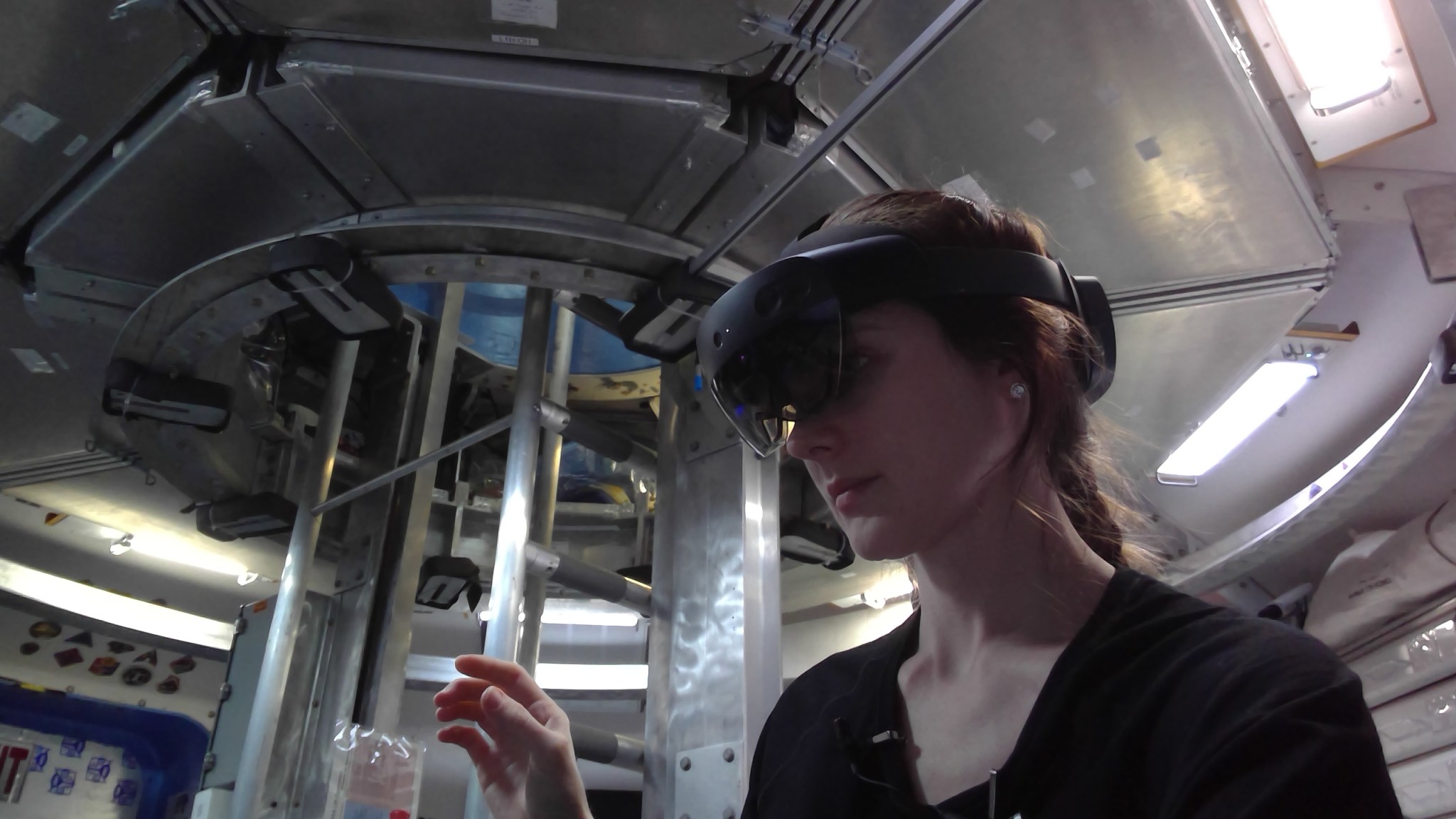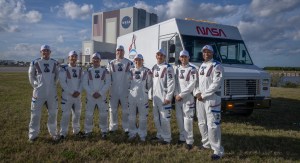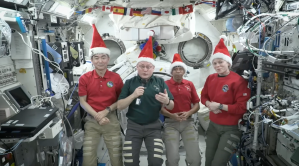Astronauts will soon head to the Moon through NASA’s Artemis program, setting the stage for future human missions to Mars. As they journey deeper into the solar system, communication delays with ground control will lengthen. To compensate, future crew members will need all sorts of tools at their disposal to accomplish their missions with greater independence.
NASA scientists wonder: Could immersive technologies like augmented reality help with this independence? Crews within NASA’s Human Exploration Research Analog, or HERA, are helping scientists find out.
HERA is a small, two-story structure at NASA’s Johnson Space Center in Houston. It is meant to simulate the tight quarters that astronauts would experience on trips into deep space. Researchers use HERA to study how crews respond to isolation, confinement, and remote conditions without leaving Earth.
For HERA Campaign 6, crews of four simulate the long trek to Mars’ moon Phobos. These crew members typically hold advanced science degrees or have served in the military, and they specifically applied to participate in a HERA mission. Once the habitat’s doors close, crews stay inside for 45 days until their mission ends.
Among other tasks, crews inside HERA practice using augmented reality as part of their mission. Augmented reality provides them with an interactive experience enhanced by computer-generated perceptions that can help them accomplish medical, maintenance, or science tasks.
Meanwhile, scientists outside HERA scrutinize crew reactions to augmented reality. For instance: Can crew members efficiently use these tools without much outside guidance? Does augmented reality foster the confidence of crews in their ability to perform tasks?
Insights gained from HERA and other analog missions already help researchers to better formulate tasks involving augmented reality for astronauts aboard the International Space Station. These insights help to increase efficiency and autonomy.
NASA hopes to build on those insights as it develops plans for future deep space missions. Work through HERA aims to provide a valuable guide.
Got a question for future HERA crew members? Ask them through our new Groundlinks program!
______
NASA’s Human Research Program, or HRP, pursues the best methods and technologies to support safe, productive human space travel. Through science conducted in laboratories, ground-based analogs, and the International Space Station, HRP scrutinizes how spaceflight affects human bodies and behaviors. Such research drives HRP’s quest to innovate ways that keep astronauts healthy and mission-ready as space travel expands to the Moon, Mars, and beyond.

































